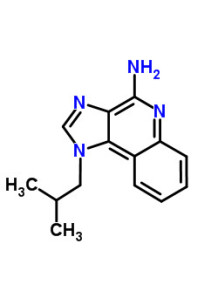Hydroxypropylmethyl Cellulose Phthalate (HPMCP, 40cP)
It is commonly used as a film coating for the coating of pharmaceutical tablets. Tablet coating serves a number of purposes, such as improving appearance. Protects drugs from moisture and deterioration. facilitate swallowing and controlled drug release
It is commonly used as a film coating for the coating of pharmaceutical tablets. Tablet coating serves a number of purposes, such as improving appearance. Protects drugs from moisture and deterioration. facilitate swallowing and controlled drug release
Hydroxypropylmethyl Cellulose Phthalate (HPMCP) is a cellulose derivative commonly used as a film coating for tablet coatings. Tablet coating serves a number of purposes, such as improving appearance. Protects drugs from moisture and deterioration. facilitate swallowing and controlled drug release
Hydroxypropylmethyl Cellulose Phthalate has the following properties
Film forming properties: HPMCP has the ability to thin and uniform tablet coating.
pH Dependent Solubility: HPMCP exhibits pH dependent solubility, meaning that it does not dissolve in an acidic environment (e.g. the stomach), but is soluble in an alkaline environment (e.g. the intestines). ) This property is critical for enteric coatings. which are designed to prevent the gastric release of the drug and ensure the release of the intestinal target.
Enteric Coating Applications: HPMCP is commonly used for enteric coating on tablets. The enteric coating allows the tablets to bypass the acidic environment of the stomach. Prevent drug deterioration or irritation. and help the absorption of drugs in the intestines more convenient This is especially important for drugs that are sensitive to stomach acid or need to be released at specific points along the gastrointestinal tract.
Moisture protection: HPMCP acts as a moisture barrier. Protects tablets from moisture and humidity in the environment. This is particularly useful for moisture-sensitive drugs that may decrease or lose effectiveness when exposed to moisture.
Drug Release Control: HPMCP can also help control the release of the drug from the tablet. by modifying the thickness and composition of the coating The drug release rate is adjustable. This allows the development of modified release formulations such as extended-release or sustained-release tablets.
Compatibility and Safety: HPMCP is considered a safe and biocompatible material for pharmaceutical applications. Compatible with a wide range of Pharmaceutical Ingredients (API).
| Mechanism | - |
| Appearance | - |
| Longevity | - |
| Strength | - |
| Storage | - |
| Shelf Life | - |
| Allergen(s) | - |
| Dosage (Range) | - |
| Recommended Dosage | - |
| Dosage (Per Day) | - |
| Recommended Dosage (Per Day) | - |
| Mix Method | - |
| Heat Resistance | - |
| Stable in pH range | - |
| Solubility | - |
| Product Types | - |
| INCI | - |
Purchase History for
Cart
No products



